Because our ecosystems being threatened by climate change, the Champagne region is challenged to build a more sustainable future while maintaining the quality of its products.
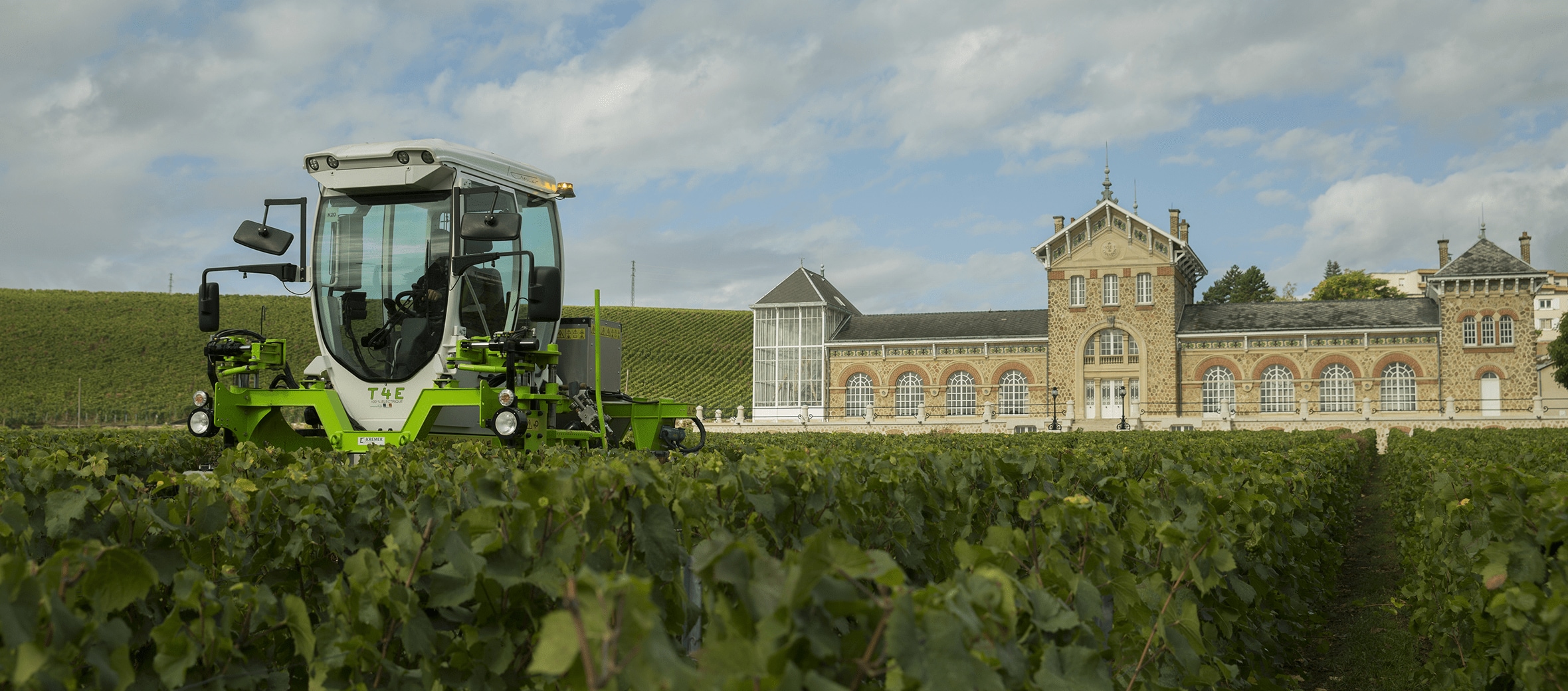
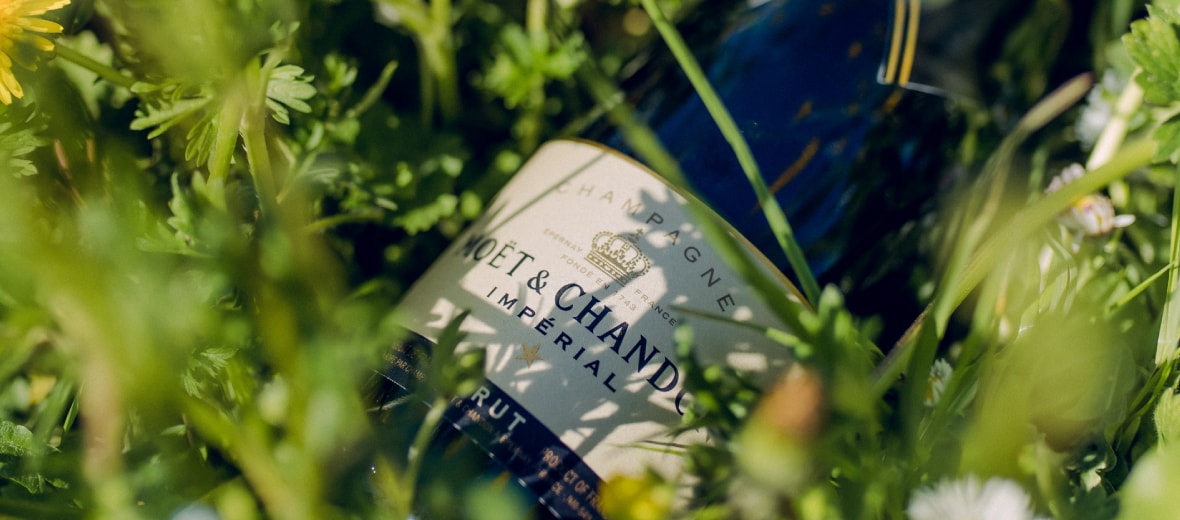

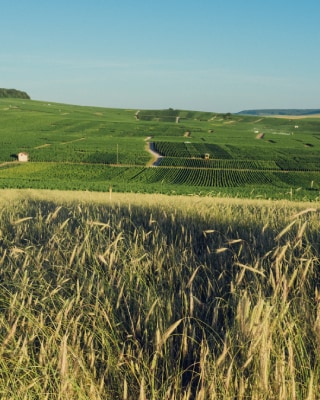
for all its sites and activities.
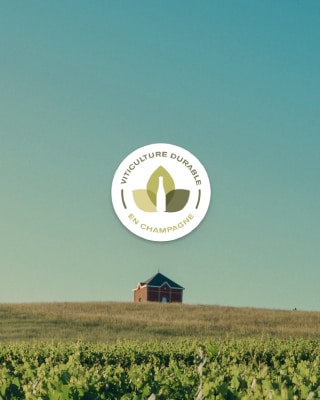
including no less than 99 criteria stipulating a reduction in greenhouse gas emissions and specific actions to preserve water quality, landscape, and biodiversity.

to invest in electric straddle tractors to use in viticulture.
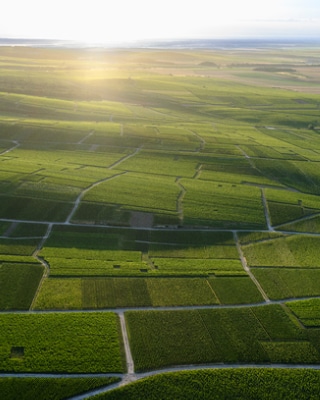
including 300 hectares of woodland and almost 80 hectares of natural grassland. The Maison has already planted 15 kilometers of hedges on part of its sites.
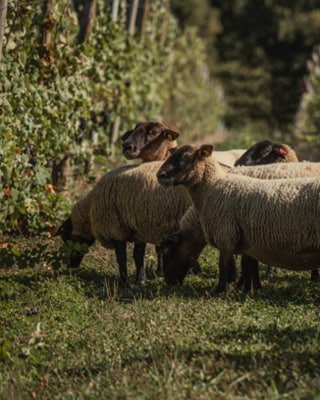
to help maintain green spaces.


Employees volunteered to plant trees to make a lasting contribution to Champagne’s natural environment for the launch of Natura Nostra.

monitored (18 hectares).

Soil rest with melliferous fallow land: 30 hectares
Differentiated mowing on the embankments

100 employees of the company were mobilized for one day to plant 1.2km of hedge in Romont, one of our vineyards at the heart of an ecological corridor, for the benefit of the fauna and flora in Champagne.
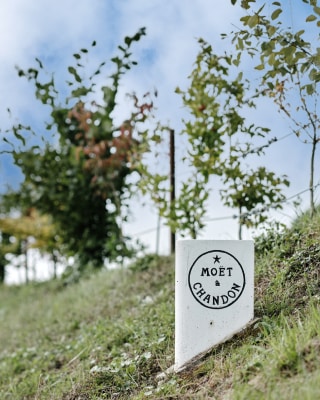
of ecological corridors have already been planted on our estates.
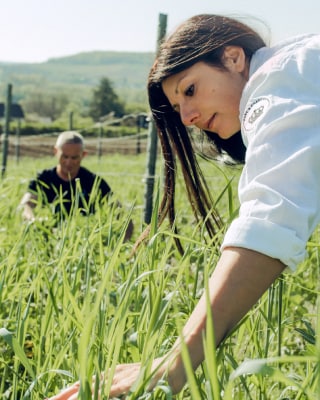
monitored (55 hectares).
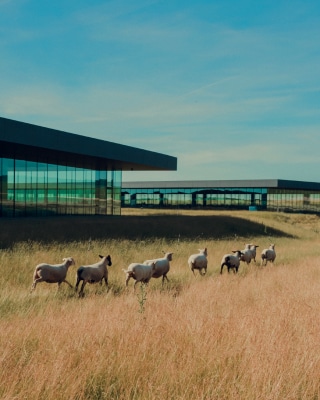
+220 sheep breeds involved on 100 hectares.
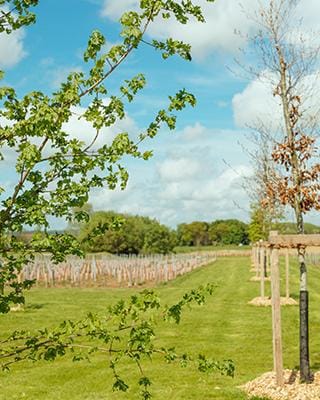
and set up a conservatory for the biodiversity of grape varieties planted before 1970. A “living library” to pass on to future generations and help provide a range of solutions to adapt the Maison’s winemaking practices to climate change.
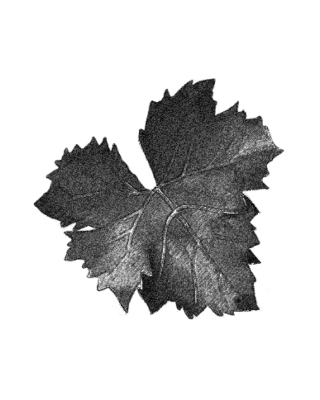
will be carried out to encourage new initiatives and planting sessions.
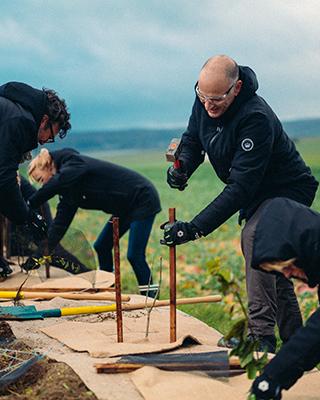
On January 25, 2024, Moët & Chandon organized the 3rd edition of The Biodiverse Days, a moment dedicated to the diversification of natural ecosystems in Champagne. 100 employees mobilized in Montaigu to plant 6 300m2 of trees, inspired by the Savart, an historic landscape that has disappeared from the chalky Champagne region.
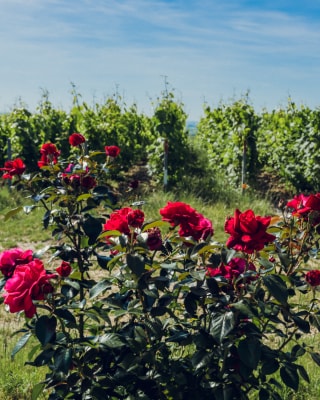
Additional initiatives to preserve biodiversity have already been implemented in Mont Aigu:
• The installation of green roofs, providing additional habitats for various plant and animal species.
• The implementation of differentiated management of green spaces, with eco-grazing and the planting of a kilometer of hedge between the site and the research center, allowing species to move.
• Treatment of rainwater and wastewater to optimize the site’s water consumption.
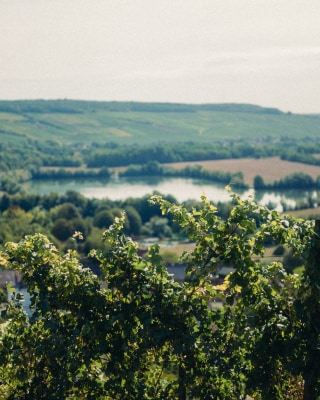
The Maison will create another 80 kilometers of ecological corridors with the support of its winegrower, its winegrower cooperatives, local authorities and farmers.
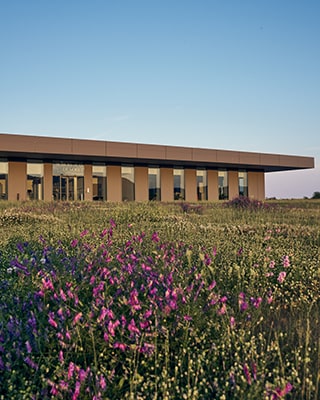
Moët & Chandon is committed to a vast decarbonization plan aiming to reduce its footprint by 50% by 2030 versus 2018.
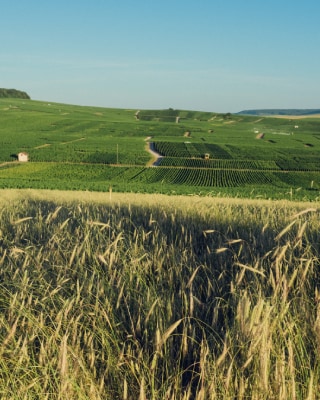
of our production certified as sustainable viticulture.
Because our ecosystems being threatened by climate change, the Champagne region is challenged to build a more sustainable future while maintaining the quality of its products.

